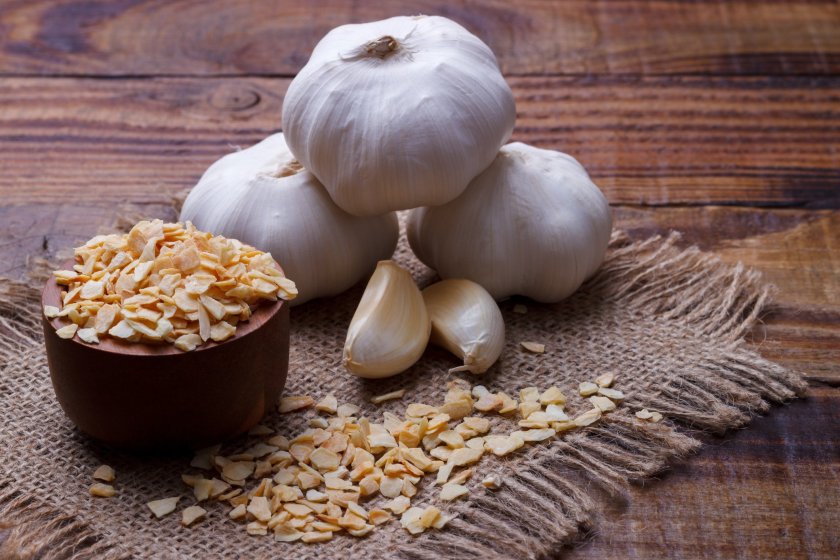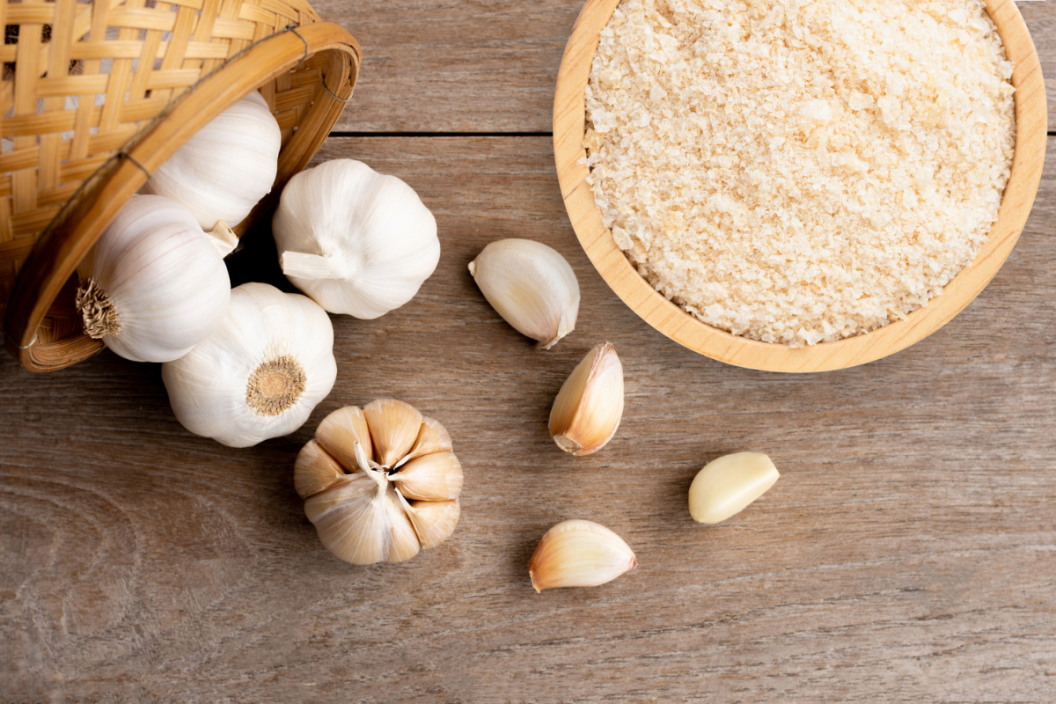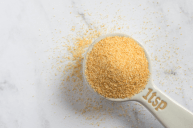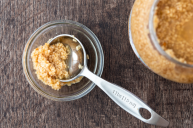Cooking can be a lot of fun. One of the things I love about it is the distinct lack of science it has compared to its sibling, baking. I'm not great with things like exact measurements and cooking offers tasty results from a process that is much more free form and forgiving. That doesn't mean we're off the hook for how much of an ingredient we use, though. Too many garlic cloves or powder might be too much garlic for any given recipe, which is why it's essential to know how to convert garlic cloves to powder and vica versa.
If you spend enough time in the kitchen, eventually you'll need to convert measurements. Some of this comes fairly naturally - we do it in our daily lives often enough. However, one area that can be particularly tricky is measuring herbs and spices. They can be bought fresh, dried, minced, or frozen, and knowing how much of each kind to use in a recipe can be a challenge. Here's how to convert fresh garlic to dried garlic, minced garlic and more.
Garlic Powder

Getty Images/MSPhotographic
Garlic comes in many forms, from fresh to dried to granulated. Garlic powder is the dehydrated powder that comes from fresh garlic bulbs. It has a pungent, spicy flavor that makes any dish more flavorful. When converting fresh garlic to the garlic powder a recipe calls for, a clove of garlic is equal to ¼ teaspoon of garlic powder.
Garlic Salt
Unlike garlic powder which is straight garlic, garlic salt is a combination of garlic powder and salt. You can still use ground garlic salt in place of fresh chopped garlic, but you'll need to adjust the overall amount of salt the recipe calls for. To substitute garlic salt for fresh garlic, use 1/2 teaspoon of garlic salt for every clove. This will increase the salt in your recipe by 3/8 teaspoon, so be kind with the other salt in the recipe.
Garlic Flakes

Getty Images/Lana_M
Garlic flakes are another form of dried garlic, but they come in bigger pieces than garlic powder. Because of this, they're ideal for sprinkling over pizza or pasta to add flavor, but it's best to stick with garlic powder when cooking since garlic flakes won't evenly distribute the garlic flavor. Use ½ teaspoon of garlic flakes for every clove.
Granulated Garlic

Getty Images/Serhii Shleihel
Another form of garlic is granulated garlic, which is also a dried form of fresh garlic. As opposed to the fine texture of garlic powder, granulated garlic has a coarse texture comparable to cornmeal. Since granulated garlic has a less fine consistency than powdered garlic, it's less concentrated. Because of this, you'll need more of it than garlic powder when substituting for fresh garlic. A clove of fresh garlic equals 1/2 teaspoon of granulated garlic. To convert between granulated garlic and garlic powder, 1 teaspoon of garlic powder equals 2 teaspoons of granulated garlic.
Garlic Juice
Another form of garlic is garlic juice, which can be made by pureeing a bulb of garlic and straining the juice. One clove of garlic produces about one teaspoon of juice. To convert to dried garlic, 1/4 teaspoon of granulated garlic is equal to 1/2 teaspoon of garlic juice. Garlic juice is a great way to add flavor to a dish, but remember that it will add liquid that fresh garlic wouldn't, which will change the consistency of your dish.
Minced Jarred Garlic
Garlic is also sold pre-minced in jars, making it extra easy for home cooks. If you're using minced garlic from a jar rather than fresh cloves, use1/2 teaspoon for every clove.




